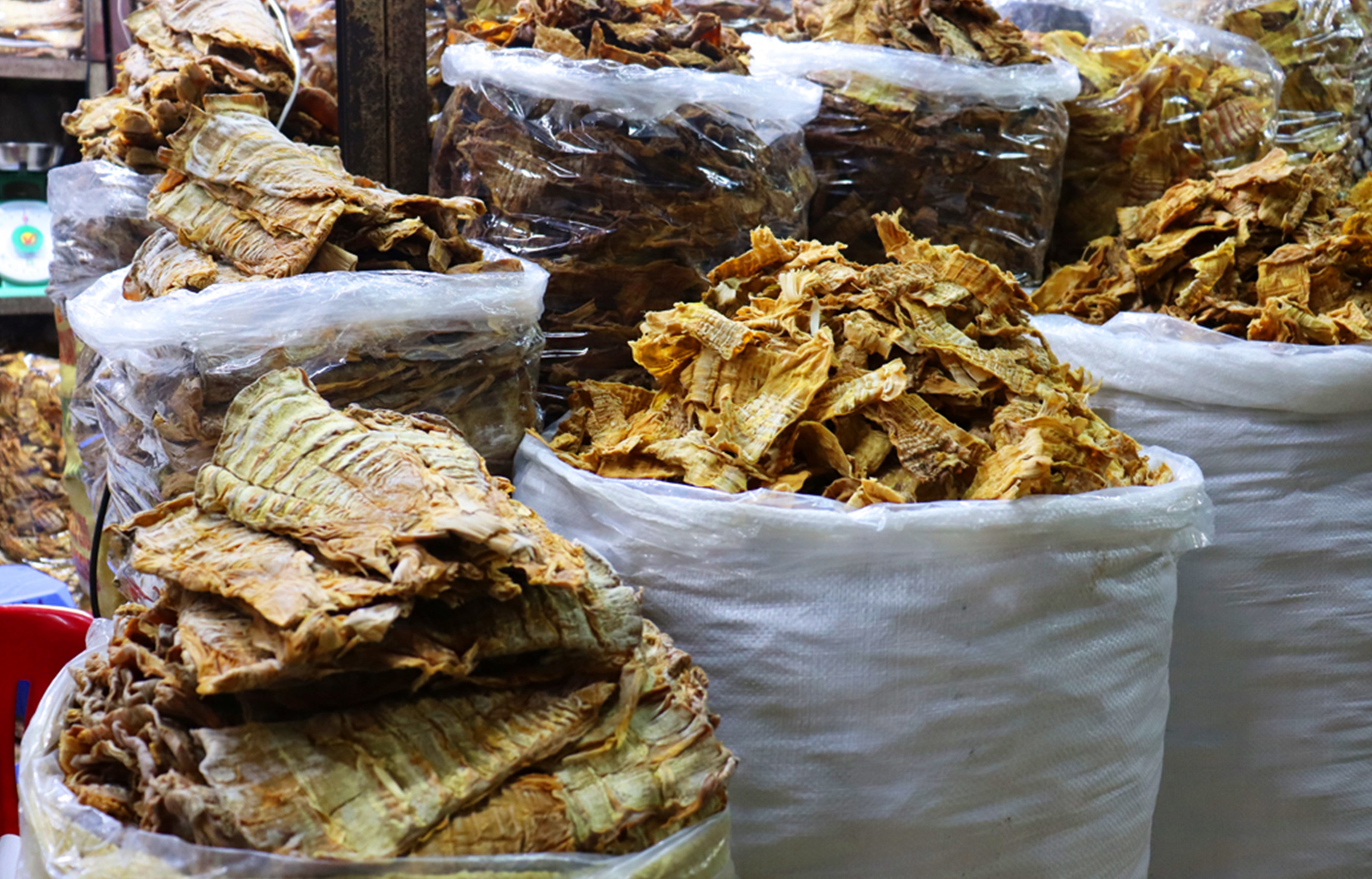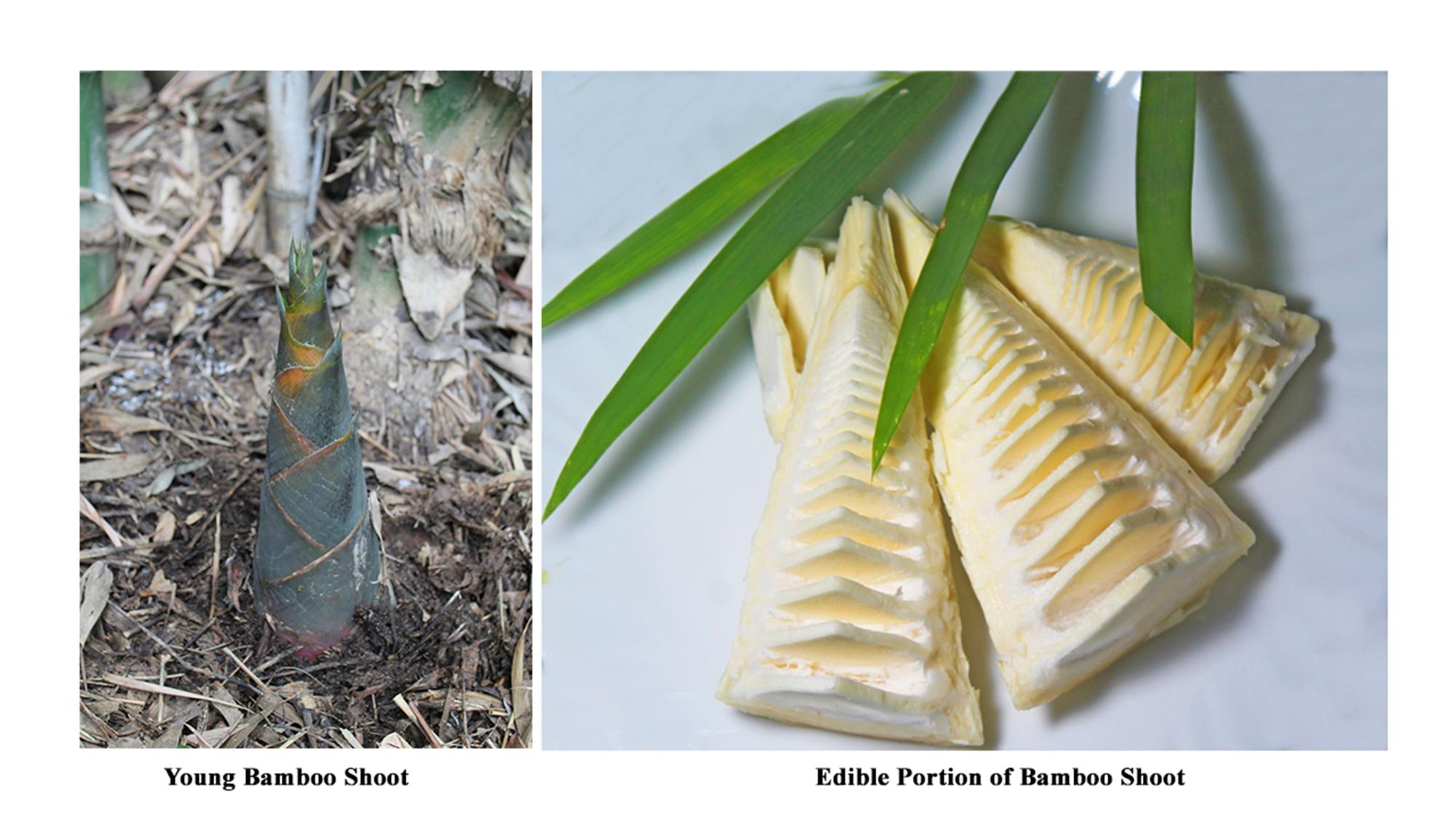Edible Bamboo shoot farming – A future health Food

This post is also available in:
This post is also available in:
![]() Ελληνικά (Greek)
Ελληνικά (Greek)
Bamboo shoot, Harvesting, and Processing
With the growing health consciousness among the general population, there is a pressing need to adopt a nutritionally balanced diet that can provide health benefits while accommodating individual preferences for convenience, cost, and taste. Bamboo shoots have the potential to be an excellent health food due to their high nutritional value and abundance of bioactive compounds, reducing the risk of chronic lifestyle-related diseases.
Shoots are traditional cuisine in numerous regions worldwide, consumed in various forms (Chongtham & Bisht, 2020). Bamboo, once an overlooked crop, is now becoming one of the most important non-timber forest products (NTFPs) species globally, with the potential to enhance the livelihood security of both rural and urban areas. With strong ties to indigenous culture, it can be an exceptional economic resource for a broad range of applications (Abebe et al., 2022). It is one of the fastest-growing plants since its growth rate is three times faster than most other species of plants. Bamboo is an exceedingly versatile and renewable resource. It possesses numerous attractive features, such as compatibility with growth on marginal lands, high drought tolerance, rapid growth rates, and low input requirements, making it ideal for multi-purpose usage. Bamboo’s rapid growth rate provides ample opportunities to expand bioproduction, making it possible to take advantage of economies of scale (Ekwe et al., 2023). Human civilizations worldwide utilize nearly every part of the bamboo plant, making it a valuable natural resource with multiple applications.
Bamboo Shoot Morphology
Bamboo shoots are the new emerging culm arising from a network of rhizomes during the sprouting season, mostly during monsoon season, and generally, 20-30 cm long, tapering at one end covered with thick sheaths of leaves. The shoots emerge from the ground in full diameter and contain nodes and internodes in a vertically miniaturized form tightly clasped with overlapping sheaths. The shooting season of a species may rarely exceed 2 months which can also be extended by modifying the cultivation and management practices. Shoots of different species vary in shape, size, weight, and diameter. Bamboo shoots typically weigh over 1 kg at the time of harvest. However, their size and weight vary depending significantly on the species and factors such as field location, depth, pH and nutrition, irrigation and drainage conditions, climate, rainfall, temperature, and soil type and fertility. The shoots can be conical, cylindrical, spear or bullet-shaped, and small, medium, or large in size. A large-sized shoot with a basal diameter ranging from 37 cm to 48 cm was often found in the bamboo species viz. Dendrocalamus giganteus, D. latiflorus and D. sikkimensis. The shoots of some species are small and sweet in taste (Phyllostachys edulis, Chimonobambusa callosa, Melocanna baccifera), whereas some are bitter (D. hamiltonii, Bambusa tulda) (Chongtham & Bisht, 2020).

The bamboo shoot has been used as food since early civilization, mainly in regions where edible bamboos were plentiful, and people tried different ways to prepare and consume the shoots. The delicious exotic bamboo shoots offer a way to improve food and nutritional security in remote areas. For generations, the delicacies of the bamboo shoot have remained one of the highly palatable dishes, which refers not merely to the poor man’s timber but also to the rich man’s delicacy. Chongtham & Bisht, (2020) reported around 223 bamboo species grown and utilized for young shoots worldwide. Shoots have a crisp, crunchy taste imparting a unique taste which is mostly used in making appetizing soups, delicious snacks, hot curries, spicy stir-fries, attractive salads, pickles, chutneys, aromatic fried rice, spring rolls, and other stewed and fried dishes. Shoots are used as fresh vegetables and in many forms of processed and preserved ways such as dried, fermented, salted, pickled, water-soaked and canned.
Harvesting and Processing of Edible Bamboo Shoots
Bamboo shoot is a seasonal vegetable that is available during the monsoon season. Shoots are typically found during the monsoon season, but they are available in two types per year: winter shoots and spring shoots, depending on the season. Spring shoots are typically larger, tougher, and superior to winter shoots. Shoots that are 1-2 weeks old are harvested; depending on the species, shoots can be from 1 to 4 feet tall. It can be cut with a sharp knife from the base, properly cleaning the surroundings and a few inches deeper into the ground. Shoots with minimum height will be softer and sweeter, but with maximum height will be harder and more bitter in taste.
After harvesting, the shoots should be cleaned with tap water, and the culm sheath should be removed. The soft white middle portion of the shoots needs to be chopped into desired shapes and sizes for processing treatment and used as a vegetable in different dishes. In South-East Asian countries, shoots are mostly harvested during the monsoon season, whereas in Japan and China, shoots of Phyllostachys heterocycla var. pubescens and P. nidularia are harvested in early winter (Christine & Wetterwald, 1992). Due to its short shelf life of only 3-4 days at room temperature, it must be consumed or processed immediately after being harvested. It is crucial to process bamboo shoots before consumption due to the high content of anti-nutrients, particularly taxiphyllin. Various traditional and contemporary methods are utilized for processing and preserving bamboo shoots, such as boiling, soaking, fermentation, sun-drying, roasting, canning, pickling, and many others. The native population in China’s Yunnan province utilizes traditional processing techniques to prepare the shoots of Dendrocalamus semiscandens, D. hamitonii, and Schizostachyum funghomi for cooking. On the other hand, drying is deemed beneficial for the bitter shoots of D. barbatus, D. giganteus, D. membranaceus, Pseudostachyum polymorphum, Gigantochloa nigrociliata, and Leptocanna chinensis (Qing et al., 2008).
For a very long time, fermented bamboo shoots have been a well-liked delicacy in Northeast India. The traditional processing techniques of fermentation and sun-drying are commonly employed for various products such as Poka khorisa, Khorisa, Khorisa tenga, Miya mikhri, Miya mecheng, Jim tenga, Tuaithur, Tuairoi, of Assam, Hirring, Hitch, Hitak, Iku, Heecha, Hikku, Ekung, Kupe, Eeku, Eup, Hi, Nogom, Ipe, Hithyi, Eepe, Eep of Arunachal Pradesh, Soibum, Soidon, Soijin of Manipur, Lung-seij, Pdam of Meghalaya, Rawtuai rep of Mizoram, Bastanga, Rhujuk of Nagaland, Kardi, Handua of Odisha, and Moiya koshak, Midukeye, Mellye amiley, Moiya pangsung of Tripura (Santosh et al., 2023). Fermented and sun-dried bamboo shoots are highly popular due to their extended shelf life and availability during the offseason. However, when consumed, fresh shoots are favored over them for their delectable taste and superior nutritional value.
References
Abebe, S., Minale, A.S., & Teketay, D. (2022). Socio-economic importance of the bamboo resources in the Lower Beles River Basin, north-western Ethiopia. Environment, Development and Sustainability, pp.1-20.
Chongtham, N., & Bisht, M.S. (2020). Bamboo shoot: superfood for nutrition, health and medicine. CRC Press.
Christine, R., & Wetterwald, M.F. (1992). Bamboos. Timber Press. Portland.
Ekwe, N.B., Tyufekchiev, M.V., Salifu, A.A., Schmidt-Rohr, K., Zheng, Z., Maag, A.R., Tompsett, G.A., Cai, C.M., Onche, E.O., Ates, A., & Soboyejo, W.O. (2023). Bamboo as a Cost-Effective Source of Renewable Carbon for Sustainable Economic Development in Low-and Middle-Income Economies. Energies, 16(1), p.331.
Qing, Y., Zhu, B.D., Zheng, L.W., Kai. H.H., Qi, X.S., & Zhen, H.P. (2008). Bamboo resources, utilization and ex-situ conservation in Xishuangbanna, south-eastern China. Journal of Forest Research, 19(1): 79-83.
Santosh, O., Bajwa, H. K., Indira, A., Bano, S., Dolma, N., Bisht, M. S., & Nirmala, C. (2023). Novel food product development through food-to-food fortification with nutrient and bioactive compound-rich bamboo shoot in Bamboo Science and Technology, Palombini F L, Nogueira F M (Eds.), Springer Singapore 2023, ISBN 978-981-99-0015-2.








































































